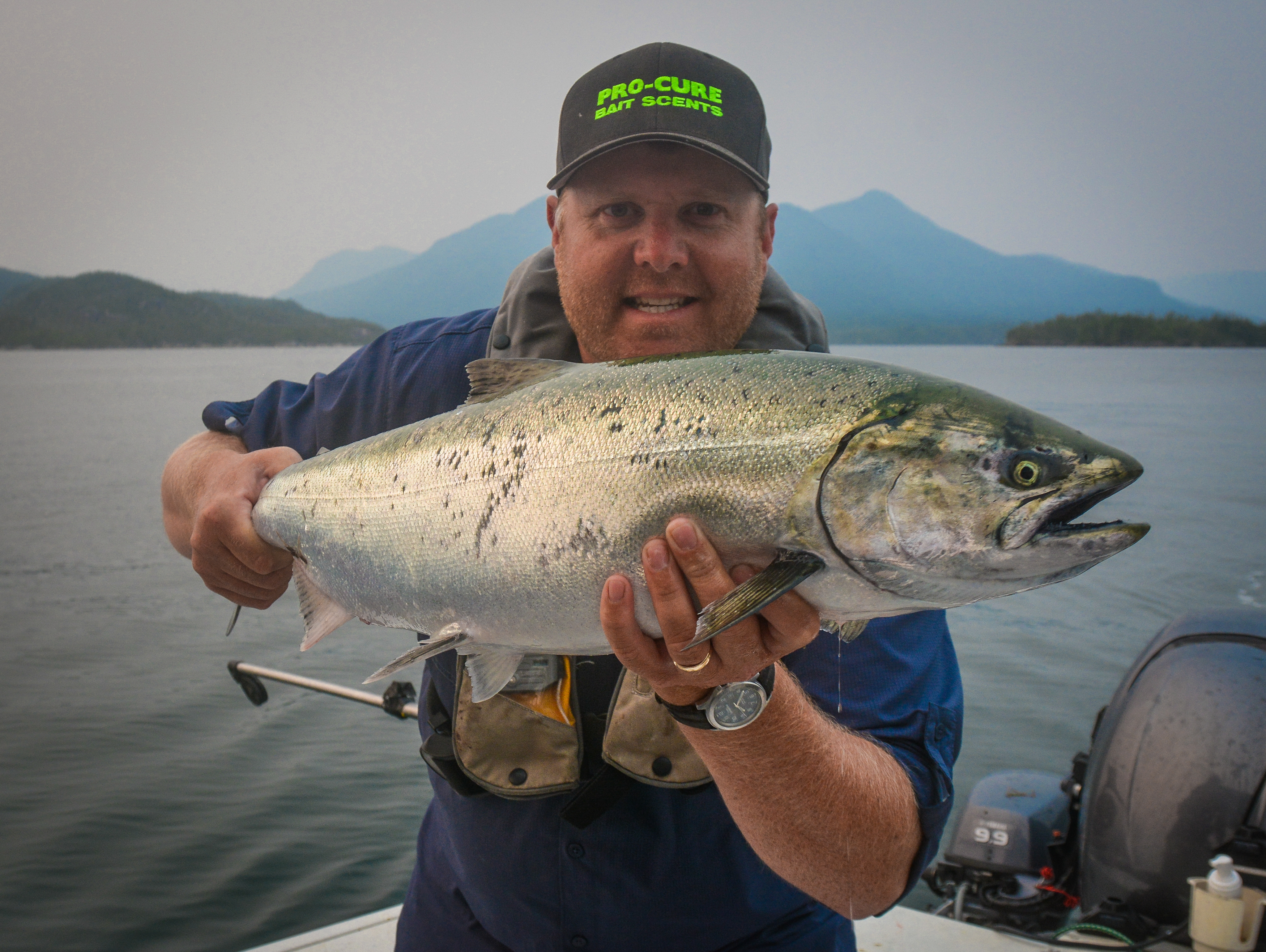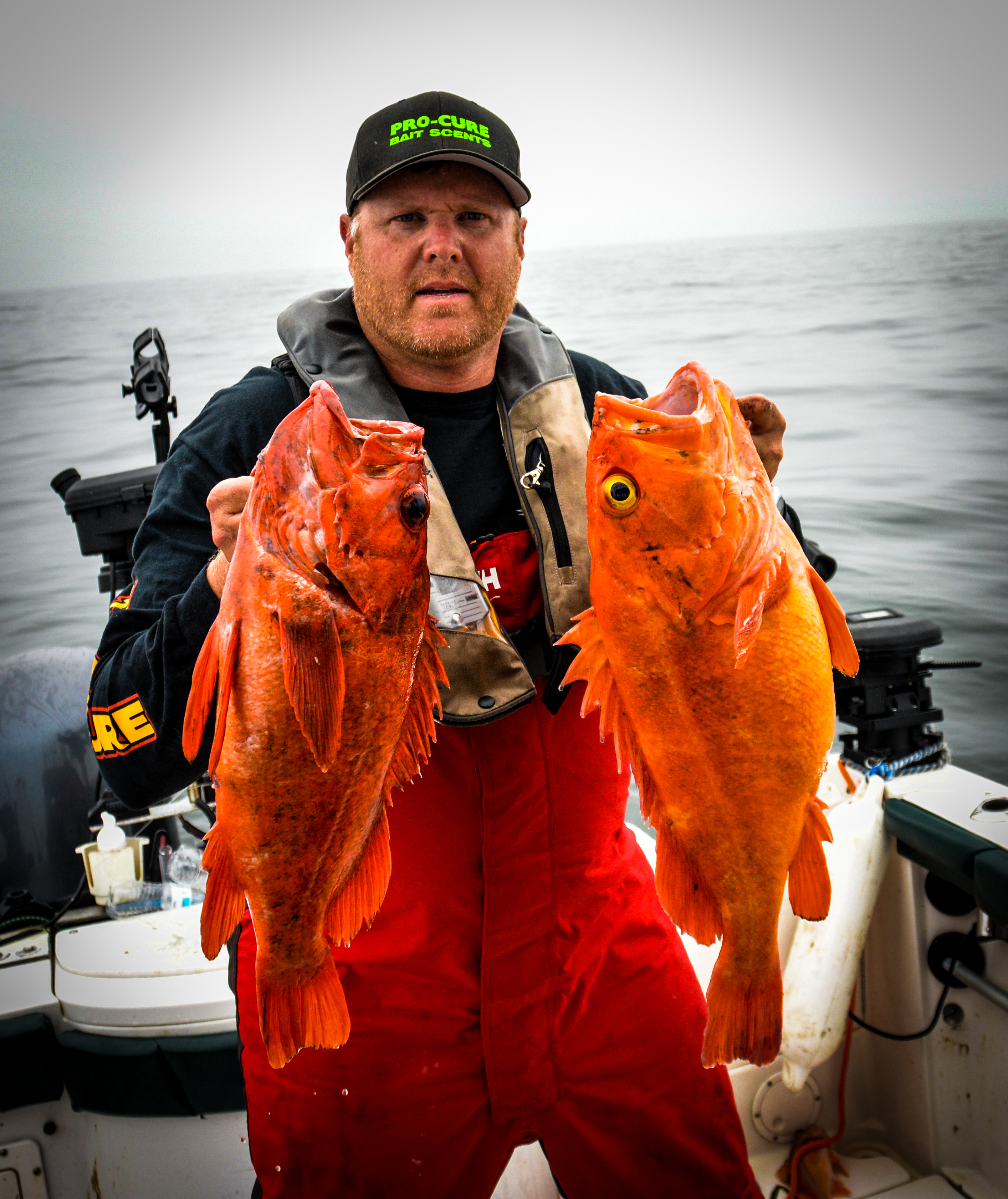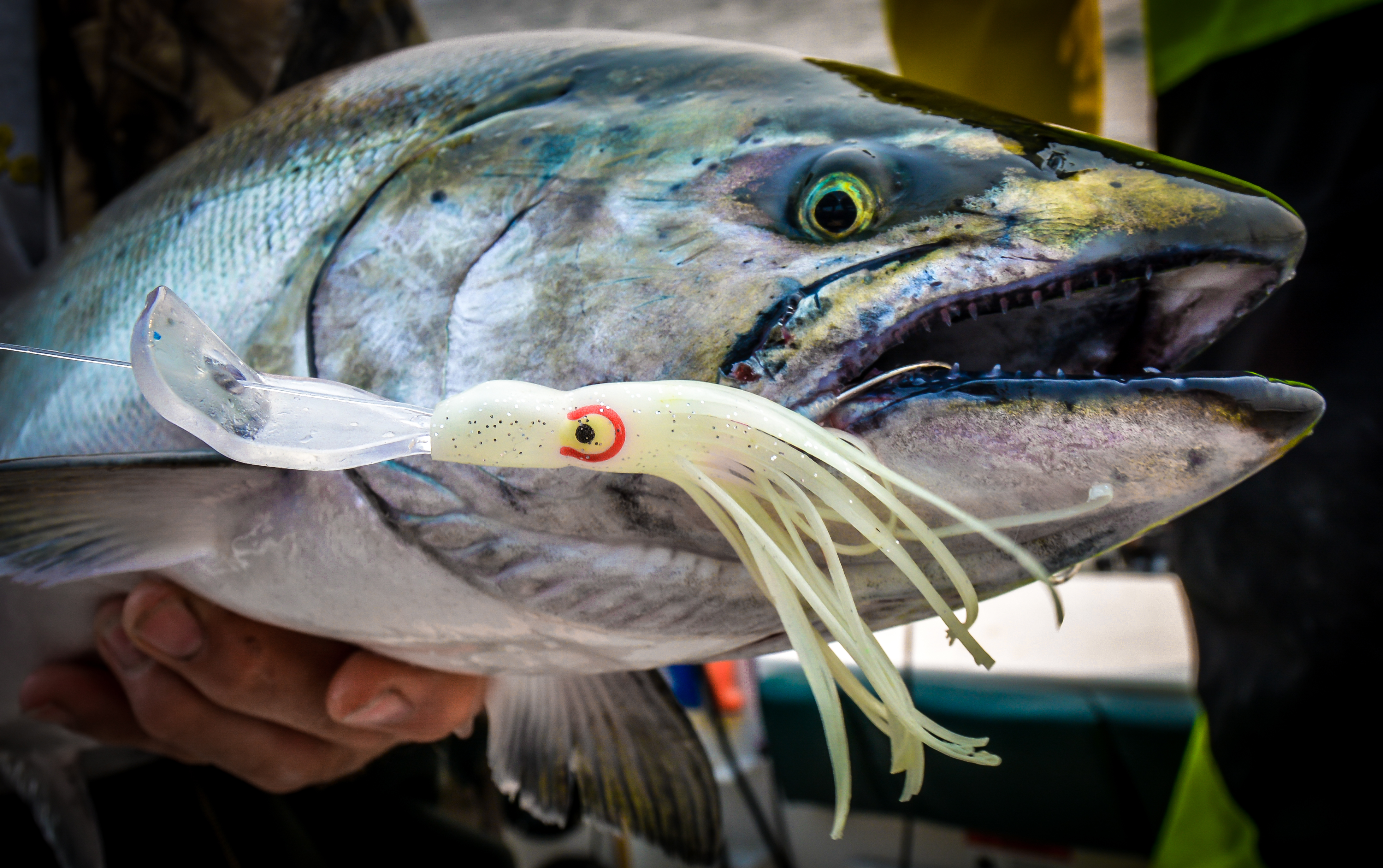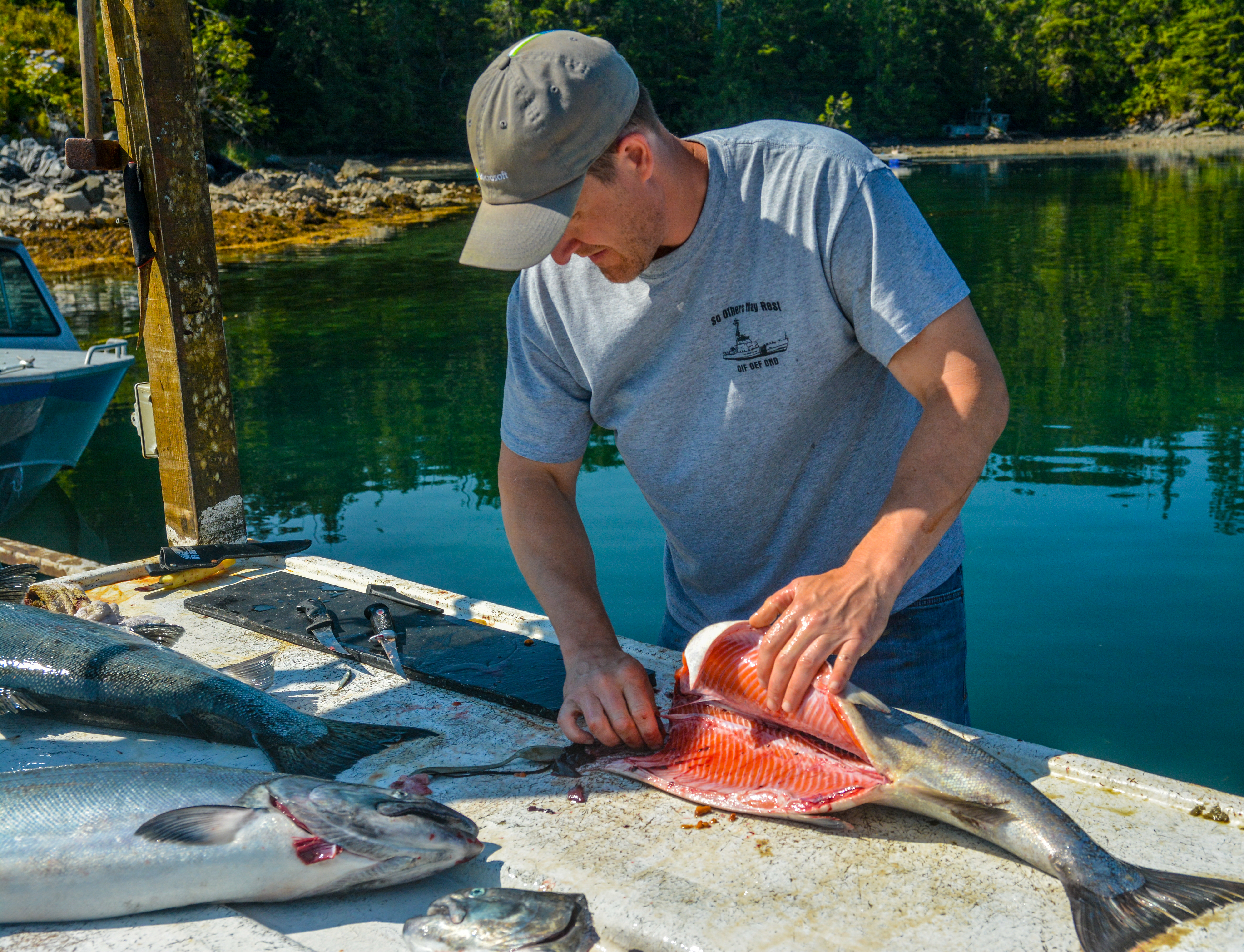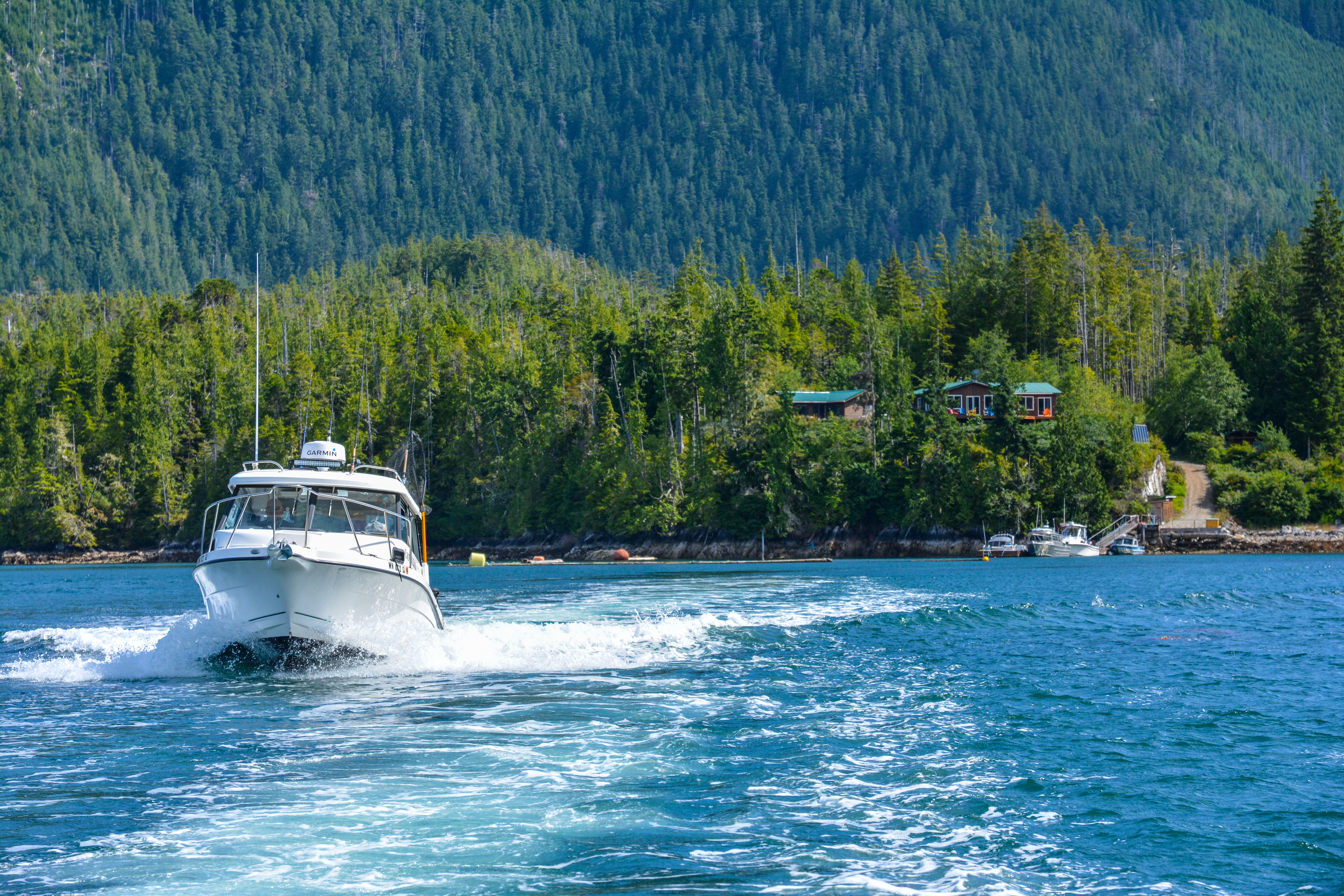Angler’s Guide to Planning a Canadian Fishing Vacation
by
Jason Brooks, June 07, 2018
Anglers in search of fishing grounds where you can find solitude, lots of fish, and breathtaking views are probably pretty frustrated as fisheries in Washington, Oregon, and Idaho are dwindling. Steelhead anglers are being pushed onto the few river systems that still have healthy runs of fish, and even at that the term “healthy run” seems to be confused with “dwindling run”. Salmon are being managed to the point of extinction and now WDFW announced there will be no summer crab season in southern Puget Sound. Those that don’t care what species they catch as long as they can catch fish are turning to warm water species such as walleye, bass, and perch which are fine fish but it’s just not the same as a silver rocket erupting out of the water and pulling a hundred feet of line off the reel in a single run. Kokanee fill the niche’ of the frying pan but even they can lose their luster compared to a deep diving Chinook.
This is where anglers should adventure beyond borders in their piscatorial pursuits and head north to Canada. Especially British Columbia’s famed Vancouver, Nootka, and Haida Gwaii regions for the salt angler. For those that prefer to stand along a riverbank and cast a line the list is almost endless but the famed Frasier runs fast and furious with large runs. You’ve probably seen Mike Carey, Rob Holman, and Aaron Borg fishing in Canada on television or the videos offered right here at
northwestfishingreports.com but before you start daydreaming visions of grandeur keep in mind that Canada is pretty strict on their fishing regulations which is why some anglers don’t go across the border. Closures can come with a day’s notice, same with openings.
There are a few differences that benefit the salmon angler in Canadian waters, such as the use of treble hooks which is still allowed. Clipped and un-clipped fish are often legal to retain depending on where you are fishing and most limits are liberal compared to Washington and Oregon waters. An example is the daily catch limits of two Chinook and two Coho in some marine areas unlike Washington which usually has a “combined” limit.
Canada does have some differences that the American sports angler will need to adjust to. The first and most important is to learn how to measure fish using centimeters instead of inches. Also realize that most salt water salmon must be kept in one piece with their tail on. You can gut the fish but you can’t fillet them. Also, if the fish is clipped then there is a voluntary head deposit program where you should cut the head off and put it in the collection box at the boat ramp.
Regulations are governed by two different agencies depending on species and where you plan to fish. Most freshwater non-salmon fishing is controlled by the Ministry of Forest, Lands, and Natural Resource Operations. All salmon fishing regardless of saltwater, tidal influence waters or freshwater is under the direction of the Fisheries and Ocean’s Canada. But there are two different licenses if you are planning on fishing salmon in salt/tidal influence or fresh water. A catch card is also needed, as well as a salmon conservation stamp. This might be a bit confusing but once you figure out where you plan on fishing you can narrow it down by looking over the regulations. Either license can be bought on-line and printed at home, but we aware that the license should be kept in a waterproof plastic bag since it is printed on plain paper. The exception to on-line licenses is for halibut in waters that border Washington, those licenses must be purchased in person at a Canadian license dealer.
When you decide to plan a trip to Canada and start to look over the regulations you will find that there are “general rules” that apply to all fishing, either salt or freshwater. And there are specific area regulations which is where you will find the daily limits as well as possession and yearly limits. Some fisheries, such as the Frasier river or other river systems, have season’s set once the fish arrive. Biologist will go to the river and do a test drift net fishery and determine the amount of fish in the river and if it should be open for angling. You can check the website for information as well as contact local guides and fishing retailers who keep a close eye on the fisheries.
A few years ago I was up on the Frasier when a record run of Sockeye was predicted. We knew that the fish showed up in August so we planned a weekend trip. The Chinook season was already open with a one per day, two in possession limit and the day we arrived we learned that the Sockeye was set to open the next day with a two fish a day, four fish possession limit. The next two days we caught Sockeye and Chinook and I came home with four Sockeye and two Chinook, plenty of fish to justify the three-hour drive and weekend camping trip.
Last year I began what has now become an annual fishing trip to Vancouver Islands west coast. Five days of fishing meant lots of Chinook action. Our timing was off a bit and we only boated three Coho, two of which we were able to keep. Spending day’s catch and releasing Kings under twenty pounds in some of the most beautiful scenery in the world is something that really gets to you and makes you want more. Bottom fishing adds to the bounty. We didn’t take the time to try for halibut however the rockfish, lingcod and yellow eye fishing was crazy. An hour long break from trolling for salmon as we reached a large sandy flat and found a few rock piles filled our limits of white fillet’s. The lingcod fishing was downright crazy with the large, toothy beast thrashing at the surface. Two per person a day and a possession limit of four each filled two of our coolers for the trip home.
Crossing the border takes some organization. First you will either need an Enhanced Washington Driver’s License or Identification Card or a passport. The passport option is the easiest to cross the border with and last a lot longer than your driver’s license. Make sure you have your catch separated by possession with each angler’s name on the package or cooler and that it is accessible. Often times you will have to show your license and present your catch, both at the border as well as at the Ferry terminals if you use the ferry system to get to Vancouver Island. Speaking of the ferry system, it is easy to use but also very popular. It is best to make reservations well in advance and you will pay per axle as well as by length and number of passengers. Expect to pay a few hundred dollars each way if you are trailering a boat. The ferries offer a cafeteria and some great views to relax and enjoy.
Canada is a great place to explore while you learn a new fishery. Hiring a guide is the best way to figure out if you want to return and try this on your own. Or you can take the attitude that I first did, which was give it a try, after all my home waters weren’t producing and all I had was time to lose if the trip was a bust. Every time I have gone north across the border on a fishing adventure I came home excited and wanting to return. With a little planning and research, you too can find your Canadian waters.
--------------------------------------------------------------------------------------------------------------------------------------------------------------------------------
Jason Brooks hails from North-Central Washington. The son of a fishing guide, Jason is an avid hunter, angler, outdoor photographer and published writer. He resides in Puyallup with his wife and two boys.
Comments
Why is this comment inappropriate?
Delete this comment? Provide reason.

